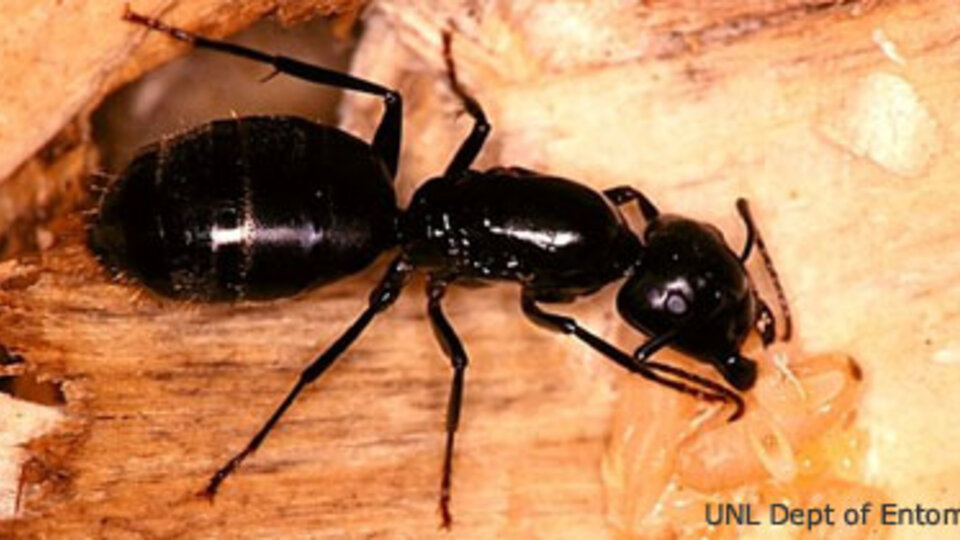Ants are common insects that can be both beneficial and problematic, depending on their species and where they are found. While they play a crucial role in ecosystems by aerating soil and preying on pests, they can become a nuisance when they invade homes, gardens, or other areas where they're not wanted.
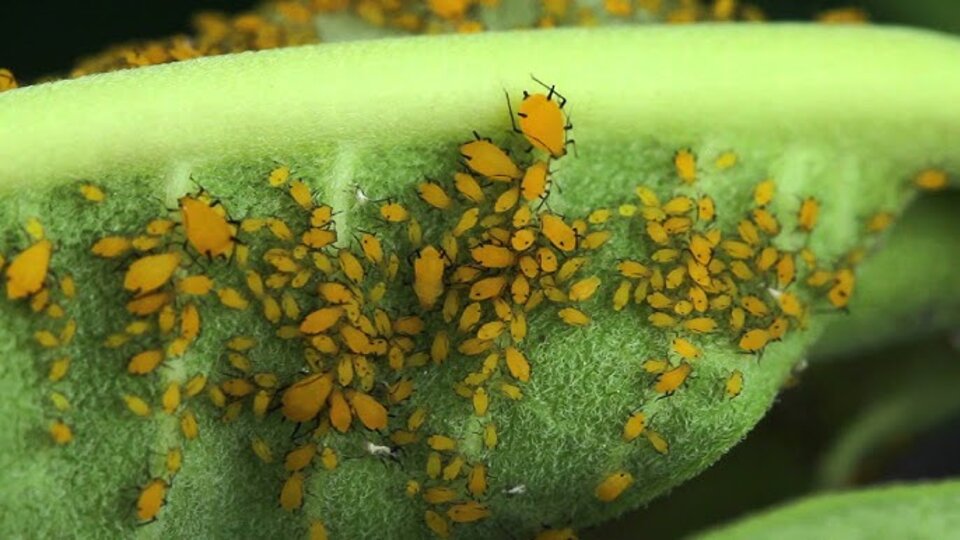
Aphids are small, sap-sucking insects that can be quite harmful to many species of plants. They are most often found in clusters on the undersides of leaves or on new growth.
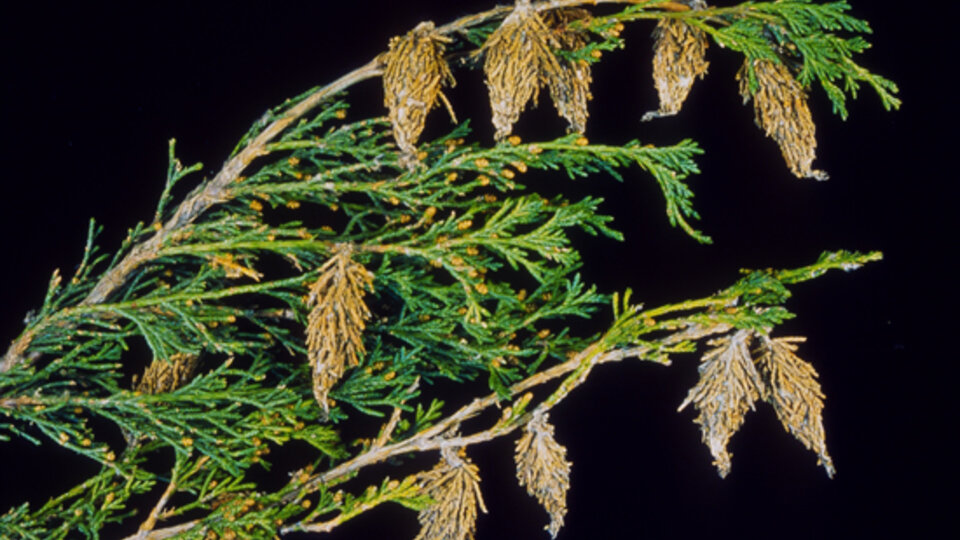
Bagworms are a type of moth whose larvae create distinctive spindle-shaped bags made of silk and plant material. These pests can be highly destructive, particularly to evergreen trees and shrubs, although they also affect deciduous trees.
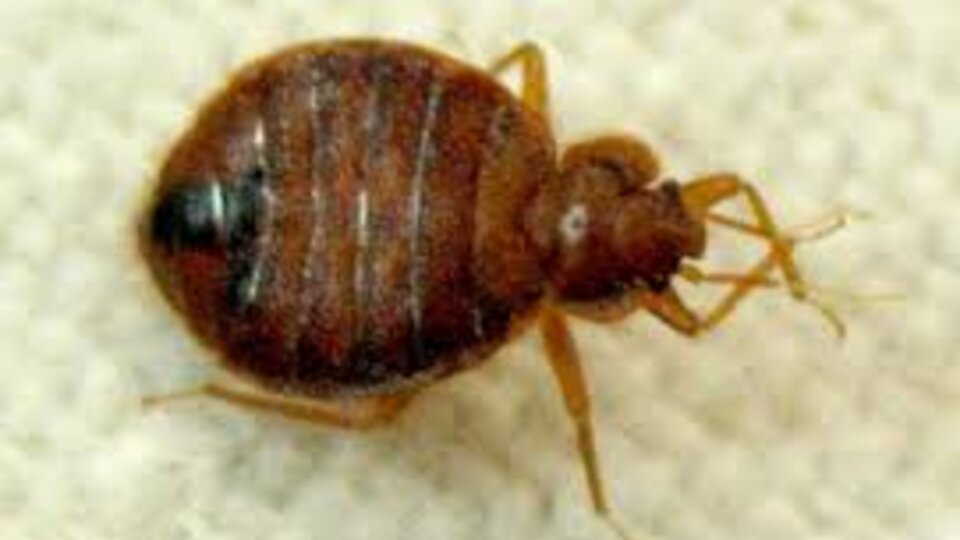
Bed bugs are small, parasitic insects that feed on the blood of humans. They can be a significant nuisance due to their bites and the difficulty of eliminating them once they infest a home.
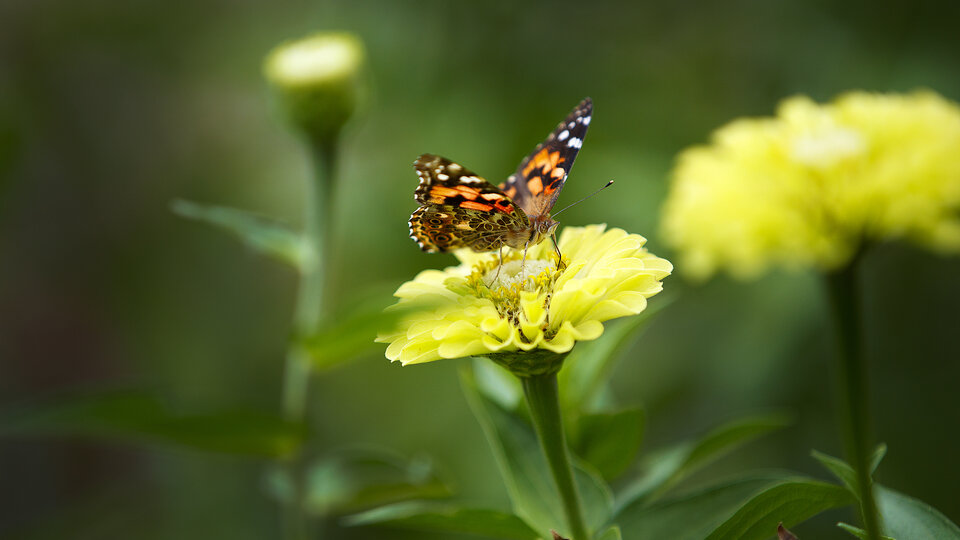
Butterflies and moths are both members of the order Lepidoptera, and while they are often admired for their beauty, some species can be problematic for gardeners, especially when it comes to their larvae (caterpillars).
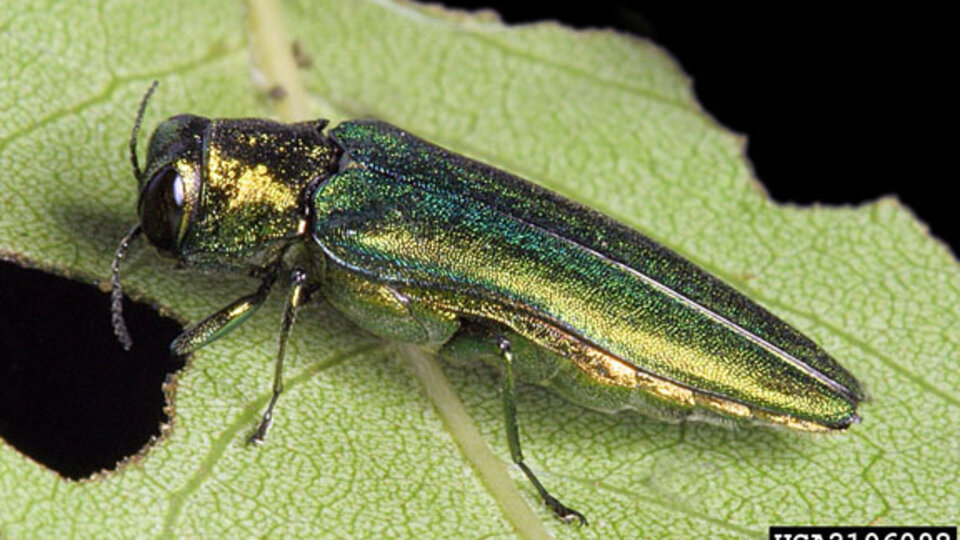
The Emerald Ash Borer (EAB) is a highly destructive invasive pest that targets ash trees. Native to Asia, it was first discovered in North America in 2002 and has since caused significant damage to ash trees across the continent.
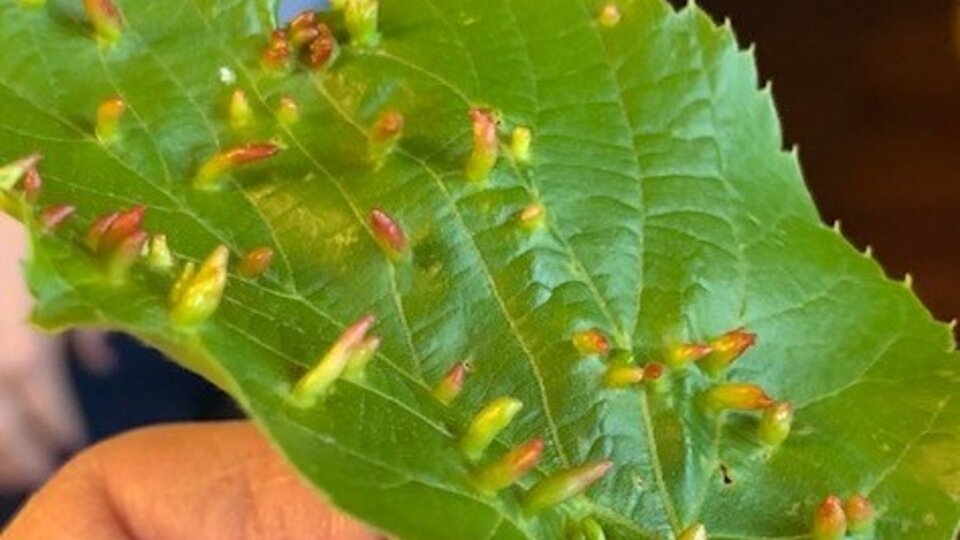
Galls are abnormal growths that appear on plants, typically triggered by the activity of insects, mites, fungi, bacteria, or viruses. These growths can vary in shape, size, and color, depending on the type of organism causing them and the plant species affected.
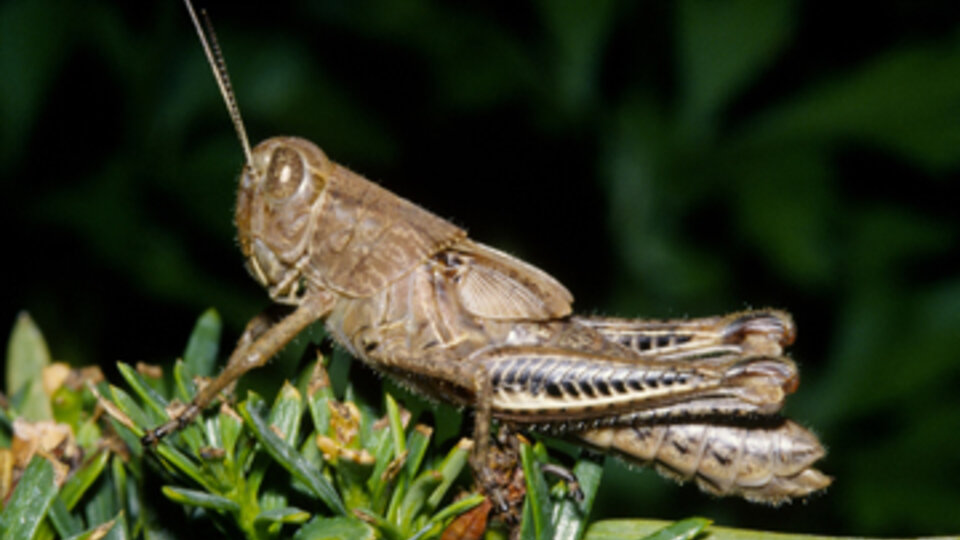
Grasshoppers are common insects that can cause significant damage to gardens, crops, and landscapes. While they play a role in the ecosystem as food for birds and other predators, their feeding habits can make them a major pest, especially in large numbers.
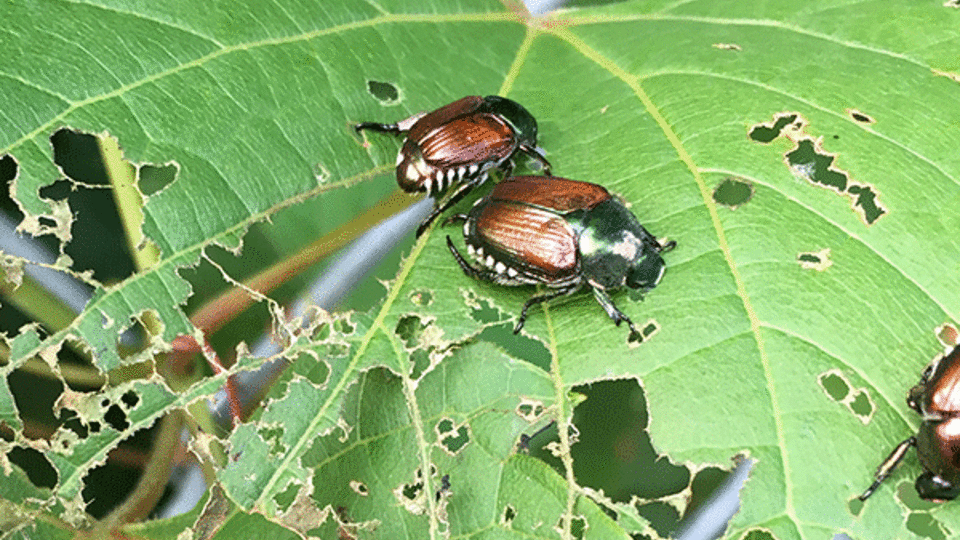
Insect control is an essential part of managing pests in various settings, including gardens, homes, and agricultural environments. Effective insect control involves understanding the pests, implementing prevention strategies, and using appropriate methods for management.

Insect identification is recognizing and classifying insects based on their unique physical characteristics, behaviors, and habitats. Key aspects to consider include body shape, wing type, color, antennae, and size, as these traits often vary significantly across insect species.
